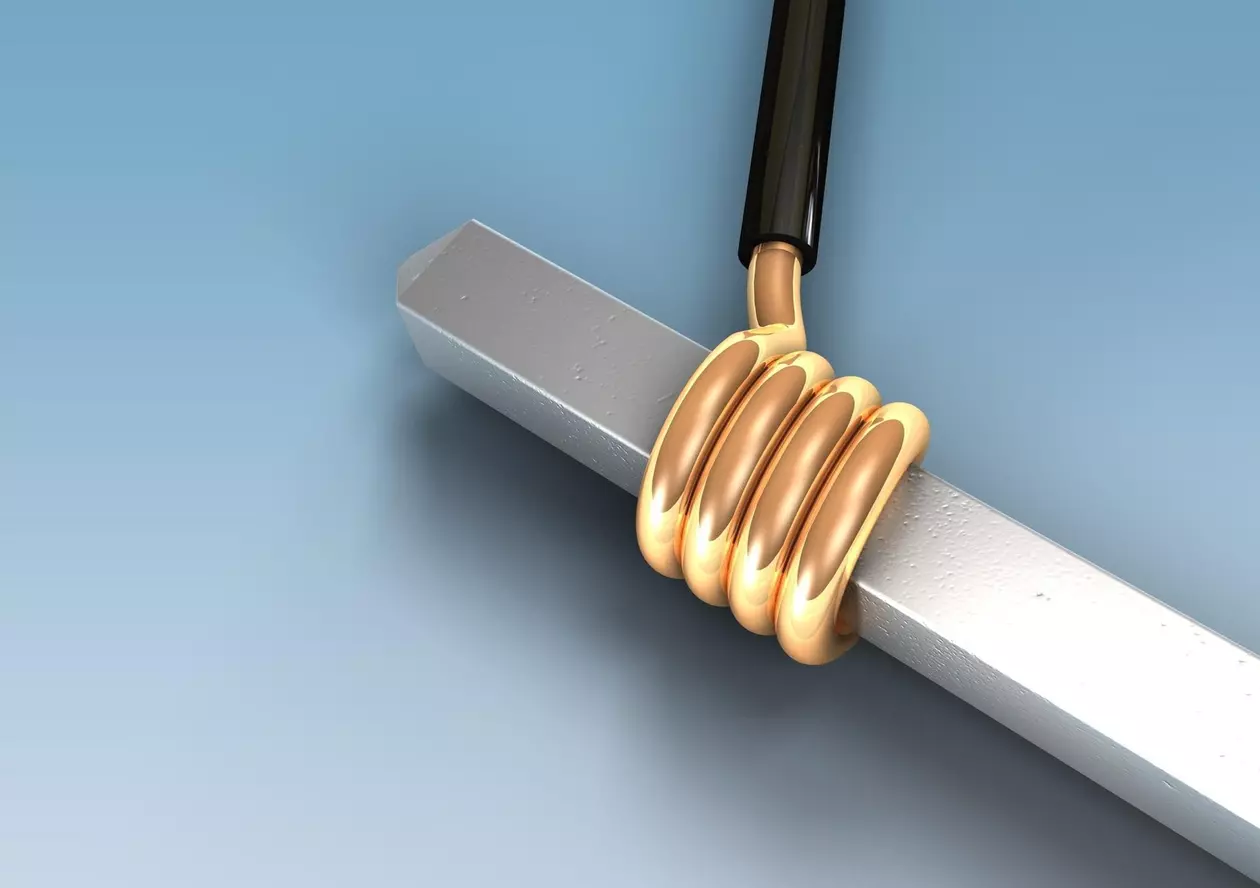PCB termination technology

HARTING PCB connectors can be connected using conventional termination techniques. The proper termination technology is selected based on criteria such as cable type, ease of use or longevity of the connection. Discover our wide range of termination options.
THT solder termination

Conventional soldering technology has been proven over decades; it ensures the highest level of mechanical stability and process safety. The soldering pins of the connectors are inserted into through-plated PCB holes. They can then be automatically and simultaneously wave soldered to other components.
THR solder termination
With THR (Through Hole Reflow) soldering technology, the connector is inserted – similarly to conventional component assembly – into through-plated PCB holes. This can be done automatically with Pick&Place placement machines. These THR components are then soldered together with the components placed on the surface as part of a common reflow soldering process. This termination technique features outstanding mechanical robustness and is made possible by a design that is specially adapted to the reflow soldering process (e.g. the use of high-temperature plastic).

Press-in technology

This solder-free connection technology is based on pressing a pin into a through-plated PCB hole. The tolerances of the PCB hole can be compensated by using a modern, elastically deformable press-in zone. Thus, the high electrical and mechanical requirements, as well as the requirements for low insertion force and high holding force can be met. Press-in technology is an affordable and unrestricted processing method, especially for selective gold plating of pins for backplane bus systems.
Wire-wrap termination
A wire-wrap connection is one in which a wire is wound in several turns onto an angular terminating pin. The least electrical resistance results when the correct design is used. The resulting connection is mechanically strong, climatically insensitive and thermally stable.

Crimp termination

Gas-tight and miniaturised contacts are synonymous with crimp technology. In crimp terminations, a flexible conductor is enclosed in a gas-tight manner within the crimp contact by controlled deformation. This technique virtually produces a cold weld, thus ensuring the optimum resistance to ageing and mechanical stress from shock and vibration. Automatic crimping machines enable an efficient production of pre-assembled system cables – but crimping technology can also be implemented on-site when using the appropriate tools. The technical requirements for crimping technology have been standardised in IEC 60352-2.
IDC insulation displacement connection
IDC (insulation displacement connections) can be used to provide easy and safe contacting for solid and stranded wires. In a single step, the IDC cutting terminal penetrates into the wire insulation and resiliently contacts the wires. This gas-tight connection ensures outstanding safety for even the smallest currents and voltages. The technical requirements for IDC technology have been standardised in IEC 60352-3.

Solder lug termination

The solder lug termination is the optimal solution for small batch sizes and prototype production runs. Even without using any special tools, a wide variety of cables can be connected to their corresponding cable connectors. The stripped and tinned wire is soldered individually by hand to the solder lug. However, this terminating connection should only be made by trained specialists.
Faston termination
The Faston termination can be used for freely wired connections. It offers the advantages that it can carry high currents (up to 15 A) and is easy to change.

Cage clamp termination

The cage clamp termination technique use a spring to establish contact with flexible and solid conductors. After the spring has been opened by an actuating element, the stripped conductor can simply be inserted into the open contact chamber. This connection technology requires little operating and tooling efforts. It also features excellent functional reliability. Multiple connections can be made because of the spring-loaded connection. This connection is extremely resistant to vibration and shock.